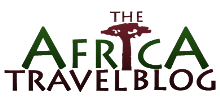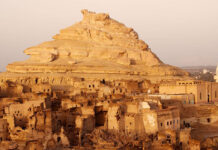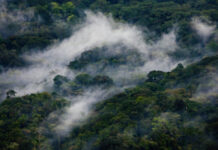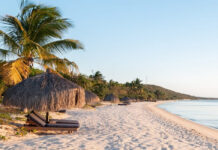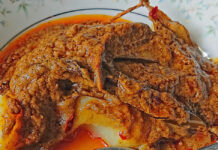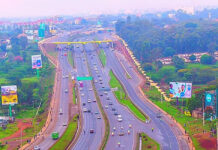Facts about the Republic of Guinea
Guinea is a country located in West Africa and it is officially called as Republic of Guinea. The former name of the country is French Guinea and to differentiate it from Republic of Equatorial Guinea and Guinea-Bissau, it is sometimes referred as Guinea Conackry. It is bordered by Senegal, Guinea-Bissau, Sierra Leone, Liberia and Cote d’Ivoire. It has a total area of 246,000 sq. km. and total population of 10,057,975 as of 2009. The capital and largest city is the Conackry and also serves as the economic center of the country. The climate in Guinea is tropical mostly in inland area and the coastal region. It has rainy season that last from April to November with uniform and high temperatures. The Sahelian Upper Guinea has greater variations in daily temperature and rainy season is shorter.
Government and Politics
The type of government in Guinea is constitutional republic in which the power is largely concentrated on the president. In 2010 of March, the NTC or the National Transitional Council passed and enacted the new constitution. The president rules the country with the help of the prime minister. The current president is Alpha Conde and his government promised that there will legislative elections that were scheduled previously in 2007. The NTC will act as the legislative body of Guinea until the installment of the new legislature.
There are several levels carried out by the Government administration. In ascending order, they are districts, more than 100 sub-prefectures, 33 prefectures and 8 regions. The leaders of the district level are elected while the other level officials are being appointed by the president. The country is ethnically and politically separated but the atmosphere is presently peaceful.
People
The people of Guinea are divided into 24 ethnic groups. Fula comprises about 40% of the population and considered as the largest ethnic group. It is being followed by Mandingo at about 30%; Susu at 20% and the remaining 10% belongs to other smaller groups. There are about 10,000 non-Africans who are living in the country and most of them are French and Lebanese.
The official language of the Guineans is French and it is being used in government, schools and media. It is also the home to more than 24 indigenous language and the 3 languages that are mostly spoken are Susu, Mandinka and Fula. The dominant religion in the country is Islam; constitutes about 85% of the population. The Christians are about 10% and most of them are Roman Catholic largely situated in the mountainous region of southern Guinea.
Economy
Mineral production and agriculture are the backbone of the Guinea’s economy. The country is rich in mineral resources such as gold, diamond and bauxite. The bauxite reserve is more than 25 billion metric tons making the country as the second largest producer of bauxite in the world. 80% of the total population use the labor force in agriculture. The country is the major exporter of pineapples, bananas, peanuts and coffee. Other industries are plants processing for tobacco, juices, beer and soft drinks.
